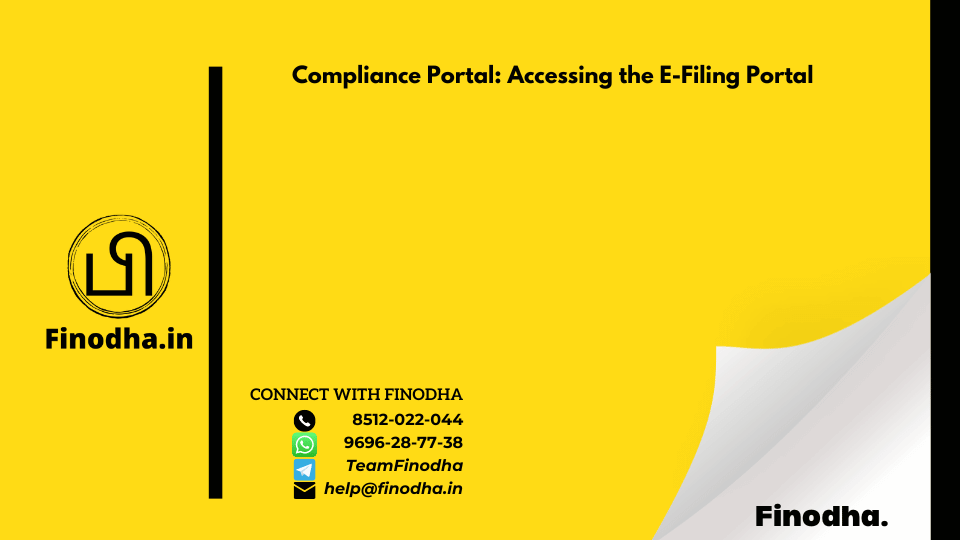Important Keyword: E-Compliance Portal, Income Tax, Income Tax Compliance, Accessing the Portal. Accessing the...

Day(s)
:
Hour(s)
:
Minute(s)
:
Second(s)

Important Keyword: E-Compliance Portal, Income Tax, Income Tax Compliance, Accessing the Portal. Accessing the...

Important Keyword: E-Verify, Income Tax Compliance, Income Tax Filing, Income Tax Returns. Responding to Filing of...

Important Keyword: Compliance Portal, e-verification. View Response HistorySteps to view Response History on the...
Important Keyword: Salary Income, Income Tax Department, E-Verify, Income Tax Compliance, Section 5(1). Tax Liability...
Important Keyword: Source of Investment, E-Verify, Income Tax Compliance, Income Tax Return. Tax liability on the...
Important Keyword: Immovable Property, Tax Liability, Income Tax Returns. Tax Liability from Purchase of Immovable...
Important Keyword: E-Verify, Income Tax Compliance, Movable Asset. Tax Liability from Purchase of a Movable...
Important keyword: Compliance Portal. Information Confirmation for Non-Filing of ReturnAccess the compliance portal...
Important Keyword: Compliance Portal employs Campaign. Compliance PortalHence, by selecting the particular year, you...
Important Keyword: E-Verify, Income Tax Compliance, Investment in Securities, ITR. Investment in Securities...
Important Keyword: Income Tax Department, Non-filing of ITR, Commodity transactions’ tax, Income Tax Return, E-Verify,...